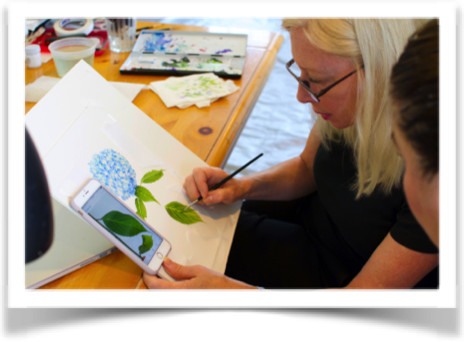As a Gregory Bateson scholar, I have long been fascinated with the notion that art and science might complement one another in the effort to bring forth, understand, and represent the “wholeness” of our more-than-human worlds. Far from pantheistic, Bateson’s notion of wholeness refers to the complex, nonlinear, multiscale relationships by means of which organisms, ecosystems, states of mind, cultural predispositions, and the socio-natural worlds we live in continuously unfold into being. Alas, the tenets of modern science that dominated many disciplines for most of the twentieth century were characteristically reductionist, thus inhibiting scientists from acknowledging and understanding the entangled nature of “natural” and of social phenomena. Even in light of the epistemological revolution that systems thinking portends, the representation of complexity and patterns that connect itself posed—and continues to pose—challenges to scientists and science communication experts.
Read More “The Art of Seeing: Grasping More-Than-Human Plant Worlds beyond Objectified “Nature””
